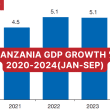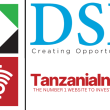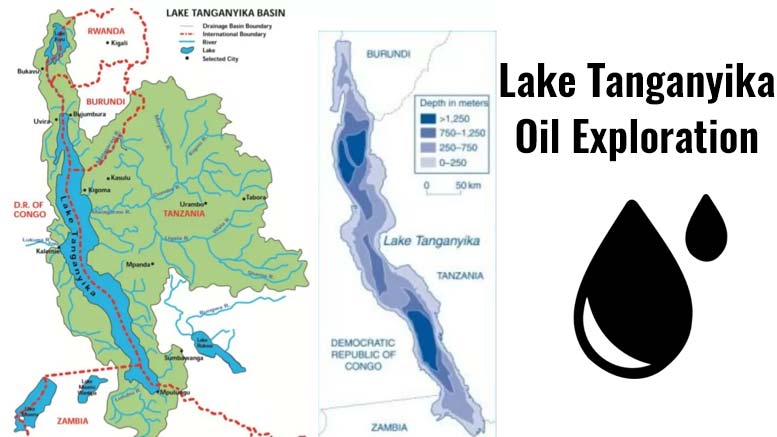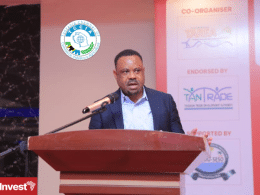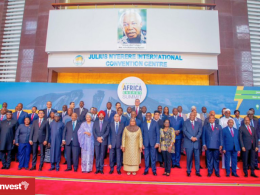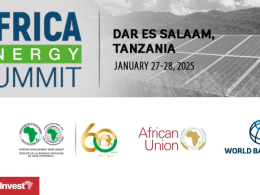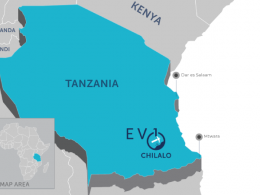Tanzania and the Democratic Republic of Congo (DRC) recently signed a Memorandum of Understanding (MoU) for joint oil and gas exploration in Lake Tanganyika.
The MoU was signed by the Tanzanian Minister of Energy Sospeter Muhongo and the Congolese Minister of Petroleum and Gas Ngoy Mukena, in Dar es Salaam on October 4th 2016.
The signing was witnessed by the Tanzanian President John Magufuli and the Congolese President Joseph Kabila.
President Kabila reminded that DRC has already discovered oil in Lake Albert, located on the border between Uganda and DRC; and that there is a high possibility that they will find oil in Lake Tanganyika.
Lake Tanganyika is the 2nd largest freshwater lake in the world by volume, and the second deepest. The lake is divided among four countries: Tanzania, DRC, Burundi, and Zambia.
Tanzania and DRC possess the majority of the lake with respective shares of 46% and 40%.
Tanzania Oil and Gas
Tanzania has the second largest natural gas reserves in East Africa with 57.27 trillion cubic feet (tcf) so far discovered, behind Mozambique with 100 tcf according to the Energy Information Administration (EIA).
However, Tanzania is a net importer of petroleum products. During the financial year 2014–2015 the country imported a total of 4.6bn l of petroleum products.



